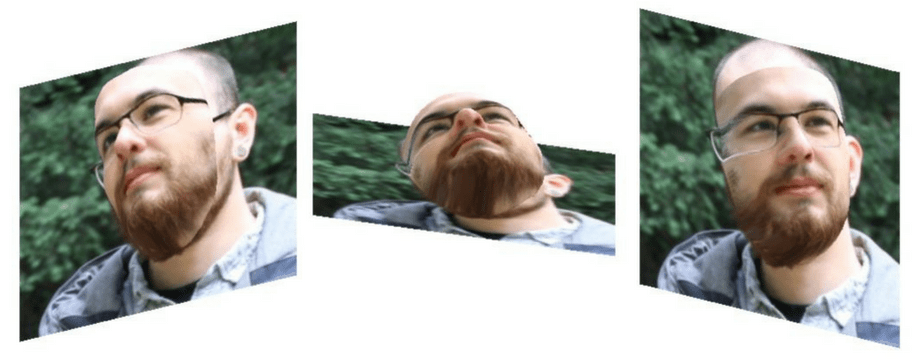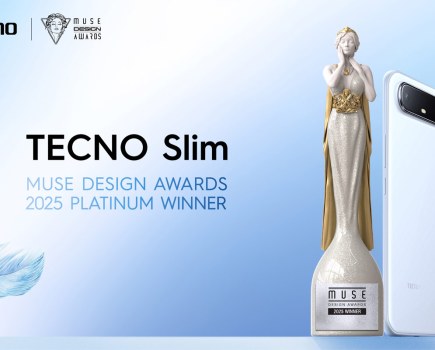Researchers at the University of Nottingham and Kingston University have created a tool to turn 2D images into 3D photos.
The website went live five days before Apple announced that its iPhone 8 and iPhone X will have 3D facial recognition software to unlock your phone. Check out our coverage of the new iPhone cameras for more information.
Aaron Jackson and his co-creators, Adrian Bulat, Vasileios Argyriou and Georgios Tzimiropoulos, have actually been working on this project since January.

Credit: Aaron Jackson
What was initially intended as a website for other researchers has become viral thanks to media coverage and them sharing the site on Reddit.
Mr Jackson told Amateur Photographer: “The intended purpose for the website was to provide a way for other researchers to try out the method without downloading the code.
“I’m sure that 95% of the images which have been uploaded are not for this reason, but some of the things people have done with the 3D models has been really exciting – such as 3D printing and including their face in virtual environments.”
So how does it work you ask? Well, Mr Jackson assures me the website is quite simple.
He said: “The website is very standard, the image is simply uploaded and added to a queue. The face rendering, in the browser, is done using a free framework called Three.js.
“The backend is where things are more interesting.”

Credit: Aaron Jackson
He described that the images are passed through something called a Convolutional Neural Network, which transfers them into a 3D volume. They then use an algorithm to make a 3D mesh based off the surface of the image.
Still with us? The images are then deleted withing 20 minutes for user privacy and storage reasons.
Give it a go yourself and transform your selfies into 3D photos to check out how it works via their website.
Current technology is constantly advancing to include virtual reality and augmented reality in consumable ways. So, is the photography the next industry to expand into it?
While Mr Jackson has no plans to expand his website too much, we may see new technology allowing you to make more photography more 3D in the future.







